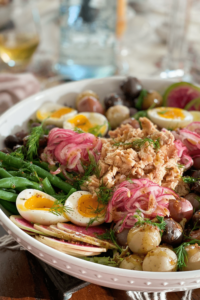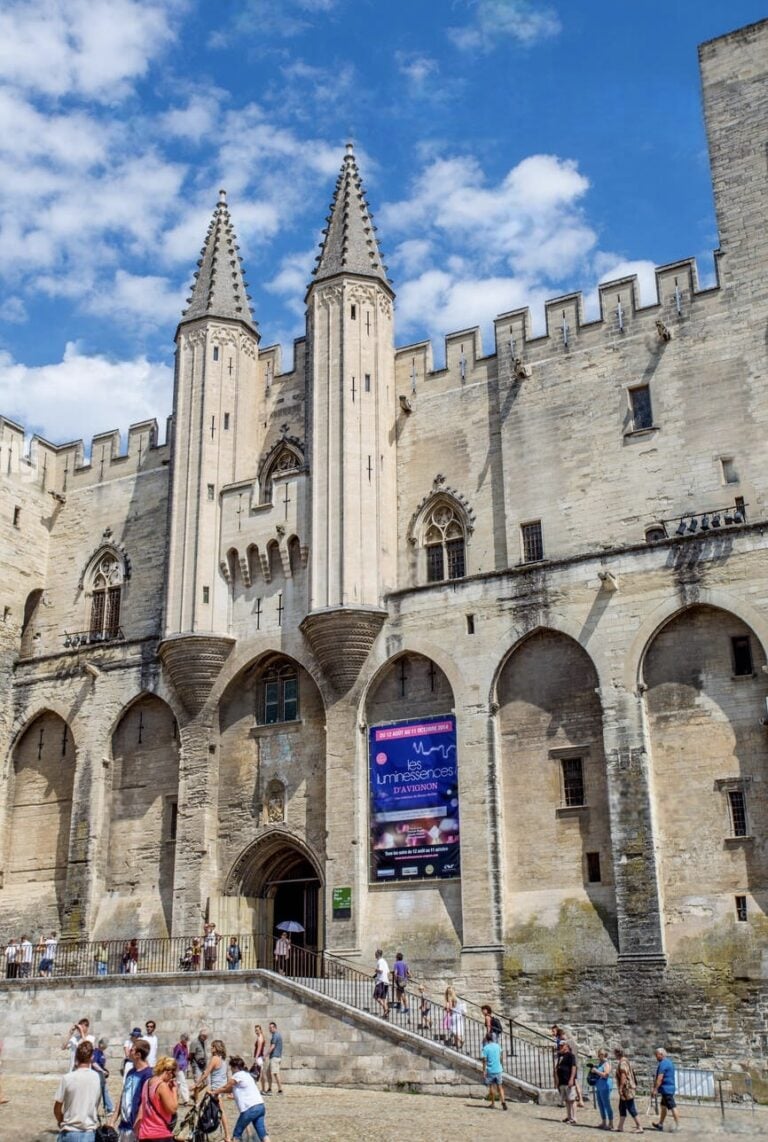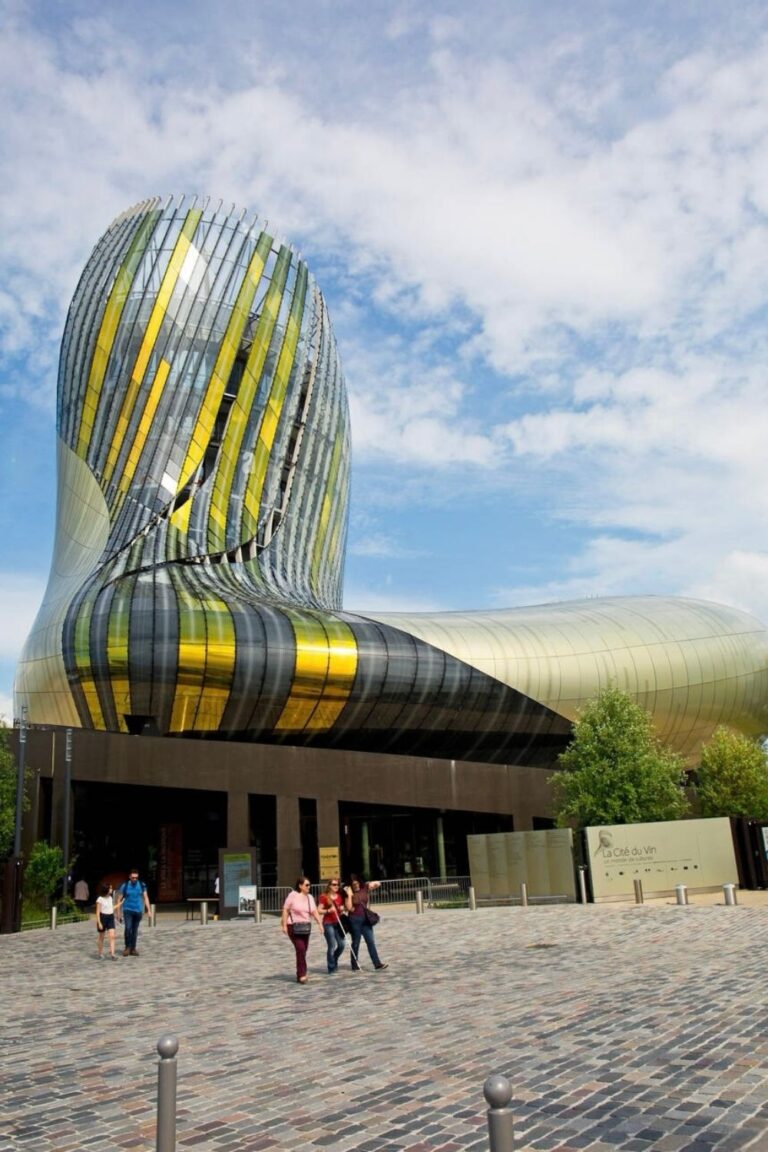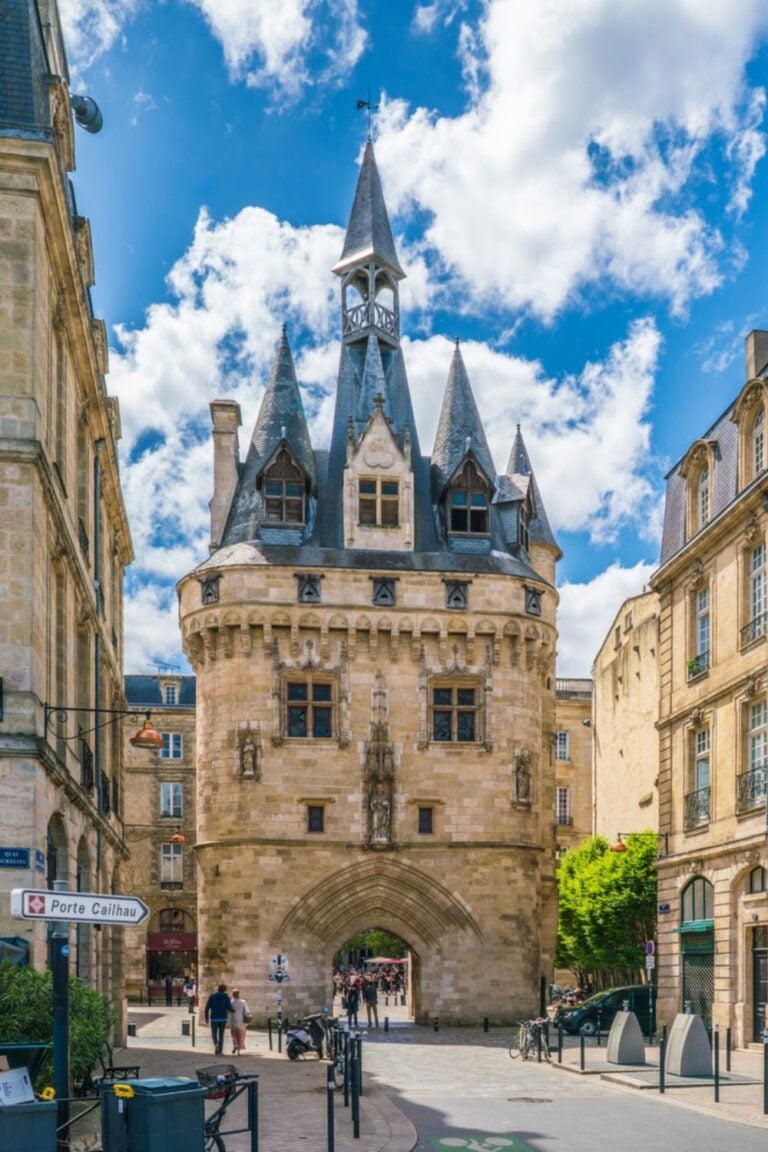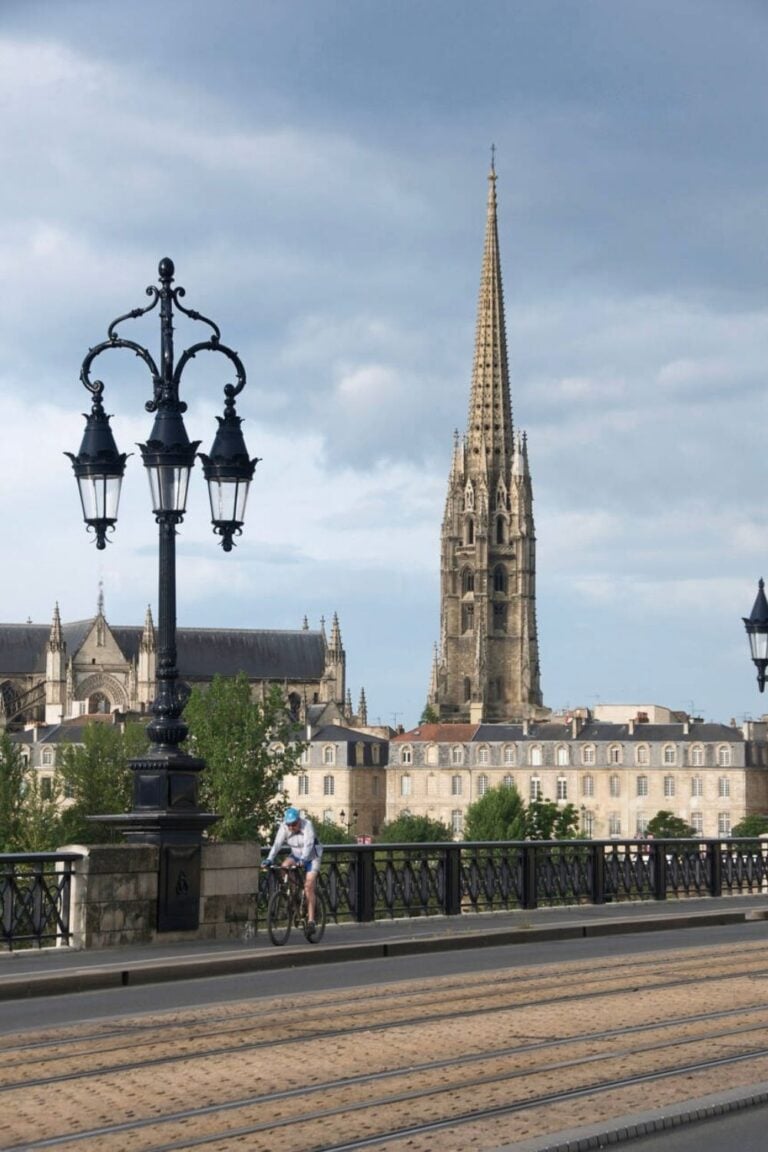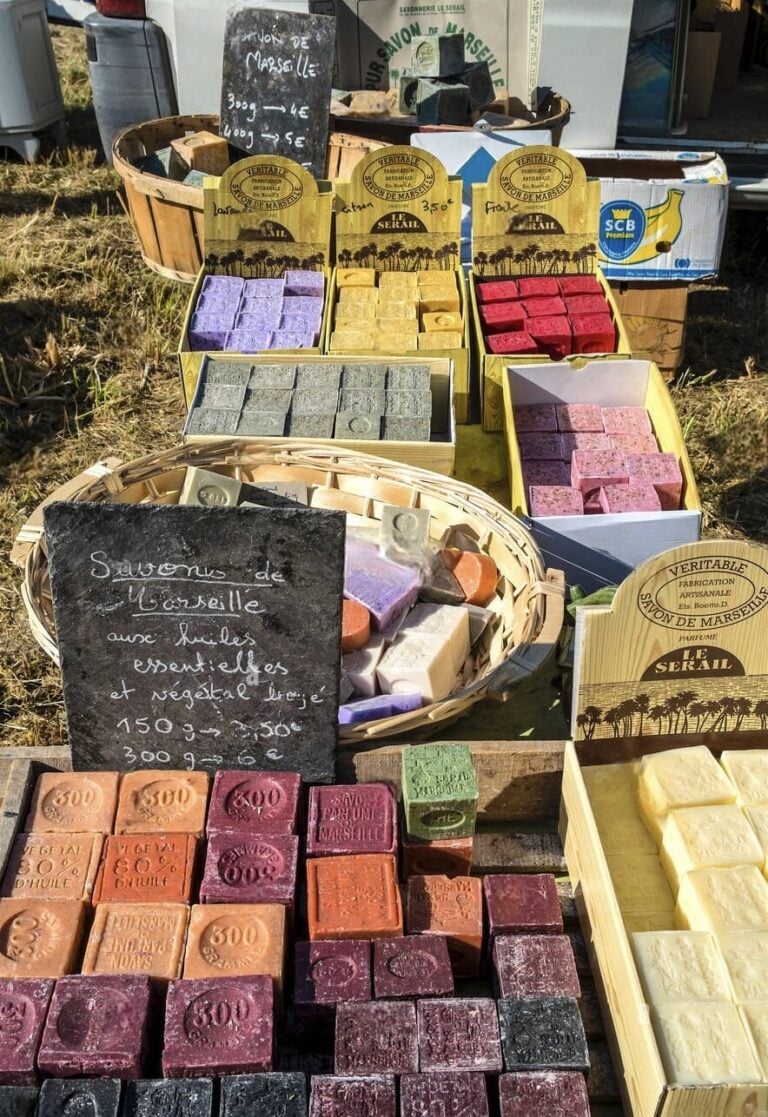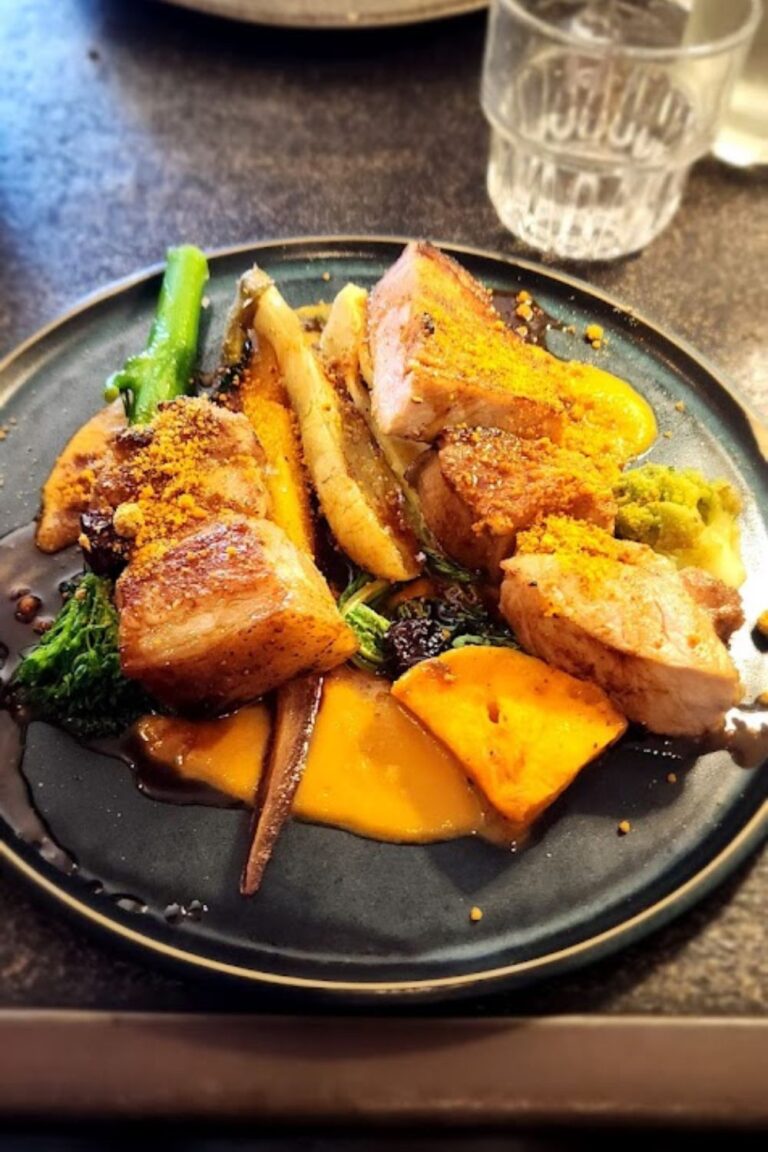Occitanie France: 14 Best Things to Do for an Epic Trip!
Last Updated on November 22, 2025 by April Nicole
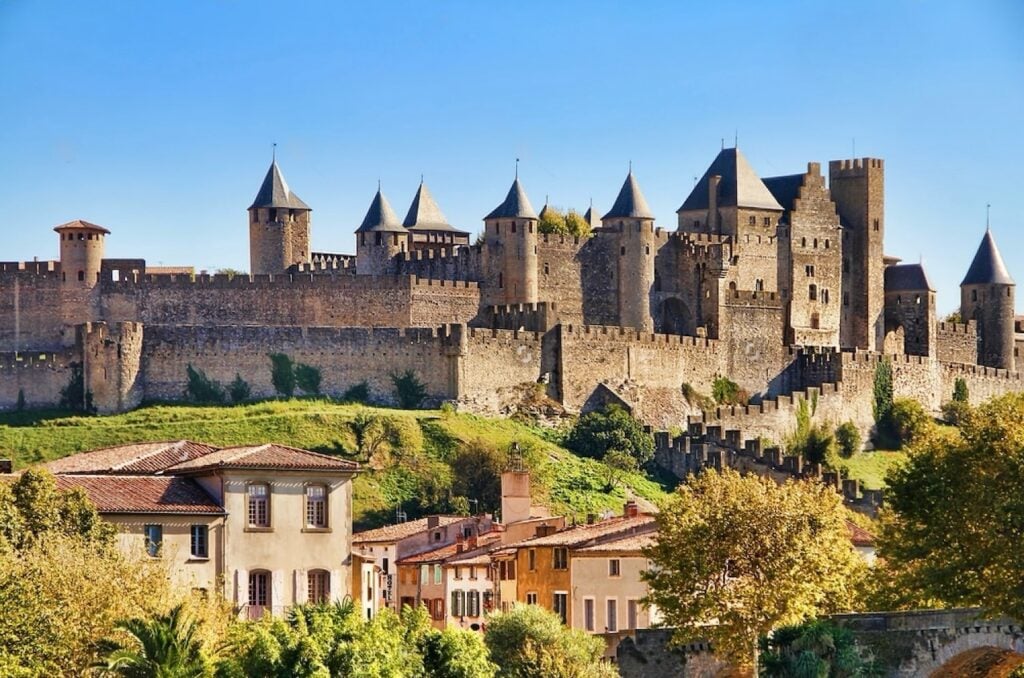
Have you ever explored a region so diverse that it feels like multiple destinations in one? Welcome to Occitanie France, where medieval castles, sun-soaked vineyards, and Mediterranean beaches come together in one unforgettable trip. Whether you’re a history buff, nature lover, or foodie, this southern French gem has something for you.
Having wandered through its charming villages, tasted its incredible cuisine, and uncovered its hidden corners, I can confidently say Occitanie is one of France’s best-kept secrets. In this guide, I’ll share the top things to do in Occitanie, from must-visit landmarks to off-the-beaten-path treasures.
Psst! This blog post about contains affiliate links in it which sends me a bit of extra money if you use them… at no extra cost to you. For more info, see the Disclosure Policy. Merci!
🏰✨ Best Things to Do in Occitanie, France ✨🇫🇷
From medieval fortresses to scenic vineyards, Occitanie is full of history, nature, and gastronomy. Here are the top things to do:
- 🏰 Private guided tour of the city of Carcassonne
Step into a fairytale fortress with medieval walls, turrets, and stunning views.
- 🍷 Go Wine Tasting in Languedoc
Spend a morning sampling Languedoc wines on this half-day small-group tour of the Pic St Loup wine region.
- 🚶 Legendary Montpellier, flexible legends and storytelling tour
Starting from the Jean Jaurès square in the heart of the city, you will go on a stroll in the historic pedestrian center.
- ⛰️ 4×4 Camargue 4 Hour Safari
Leaving the terrain in the hands of a professional driver-guide, you’ll turn your attention to nature and the abundant flora and fauna.
If you are in a hurry, here’s a summary of best things to do in Occitanie, France:
Occitanie France
1. Medieval Carcassonne
🌍 Location: Aude Department
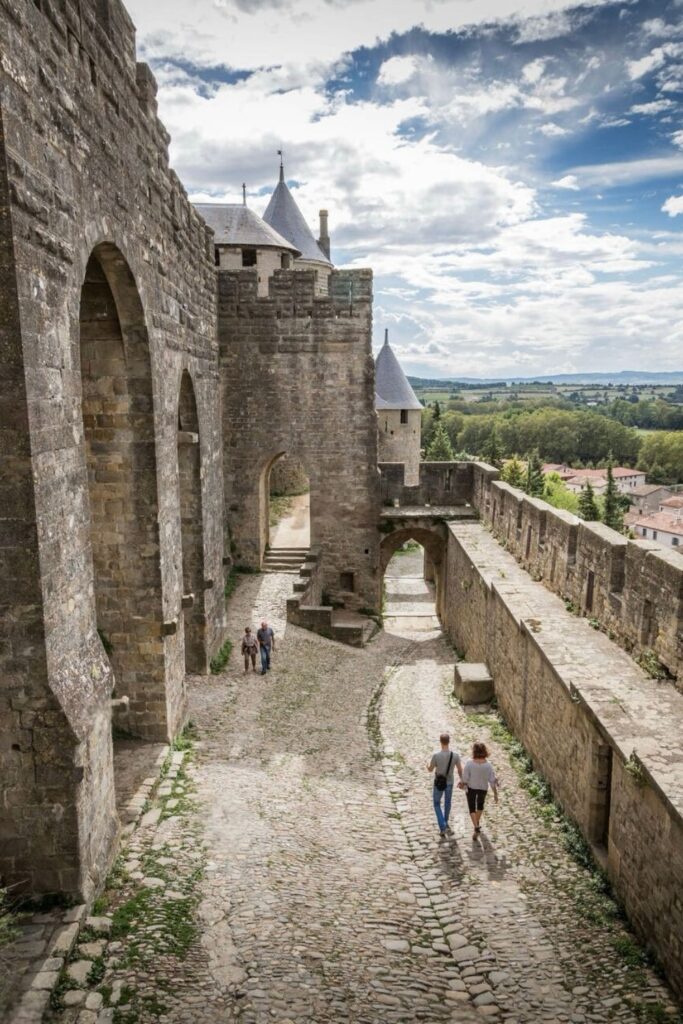
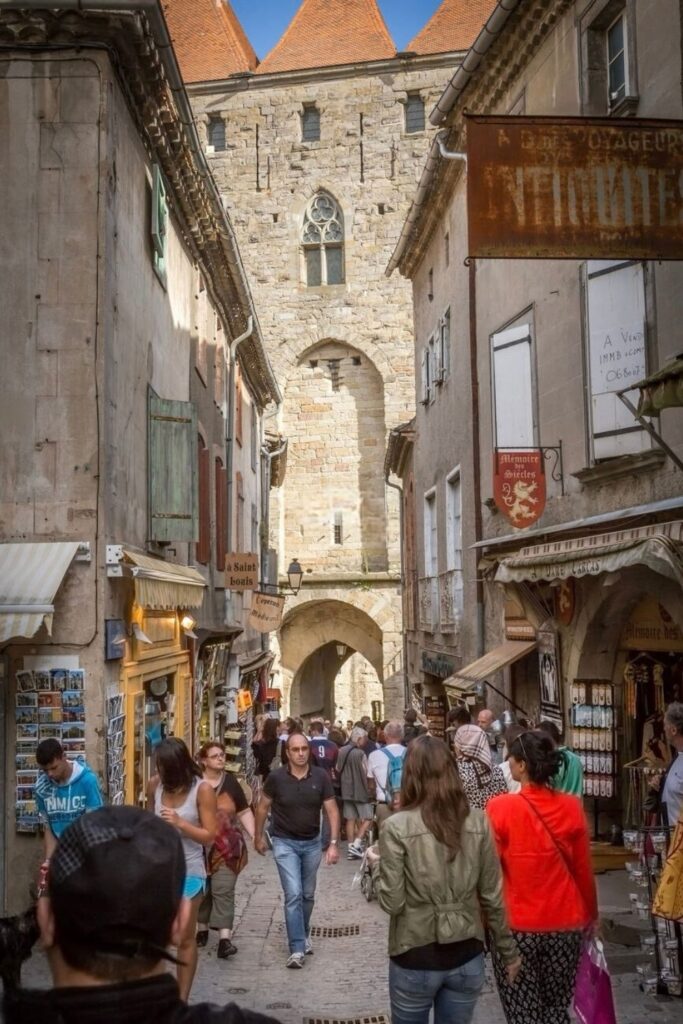
🔎 Why Visit? Carcassonne is one of the best-preserved medieval fortresses in Europe and a UNESCO World Heritage Site. The double-walled ramparts, 52 towers, and cobbled streets make it feel like a step back in time. Originally a Roman settlement, Carcassonne later became a Cathar stronghold and played a major role in medieval conflicts. The city is especially magical in the evening when the crowds die down and the towers light up.
💡 Personal Tip: Visit early in the morning or late in the afternoon to avoid crowds. The views from the ramparts at sunset are worth it.
📌 Must-Do:
✔️ Explore Château Comtal – Walk the fortress walls for panoramic views
✔️ Visit the Basilica of Saints Nazarius and Celsus – Gothic and Romanesque architecture
✔️ Stroll through the cobblestone streets – Best experienced when the streets are quieter
Occitanie France
2. Saint-Guilhem-le-Désert
🌍 Location: Near Montpellier
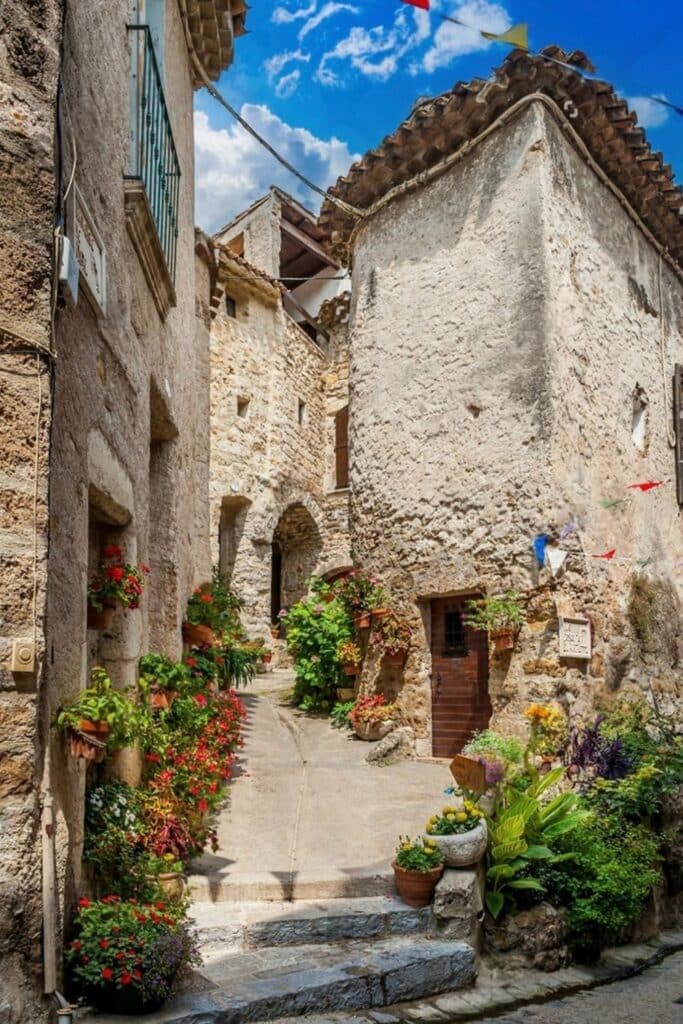
🔎 Why Visit? Saint-Guilhem-le-Désert is one of France’s most beautiful medieval villages, located in a lush valley along the Gorges de l’Hérault. The village, founded in the 9th century, has remained remarkably preserved, with stone houses, narrow winding streets, and an atmosphere that feels untouched by time.
At its heart stands the Abbaye de Gellone, a UNESCO-listed Romanesque monastery that has been a pilgrimage site for centuries. Surrounded by rugged cliffs and forests, the village is also a great base for hiking and exploring nearby caves and waterfalls.
💡 Personal Tip: Visit early in the morning to experience the village before the crowds arrive. Don’t forget to try local specialties like honey, olive oil, and artisanal nougat sold in small boutique shops.
📌 Must-Do:
✔️ Visit Gellone Abbey, a UNESCO-listed site with stunning Romanesque architecture.
✔️Hike to Cirque de l’Infernet, a breathtaking canyon offering panoramic views of the valley.
✔️Try homemade nougat from a local boutique—it’s divine!
Occitanie France
3. Pont du Gard
🌍 Location: Near Nîmes
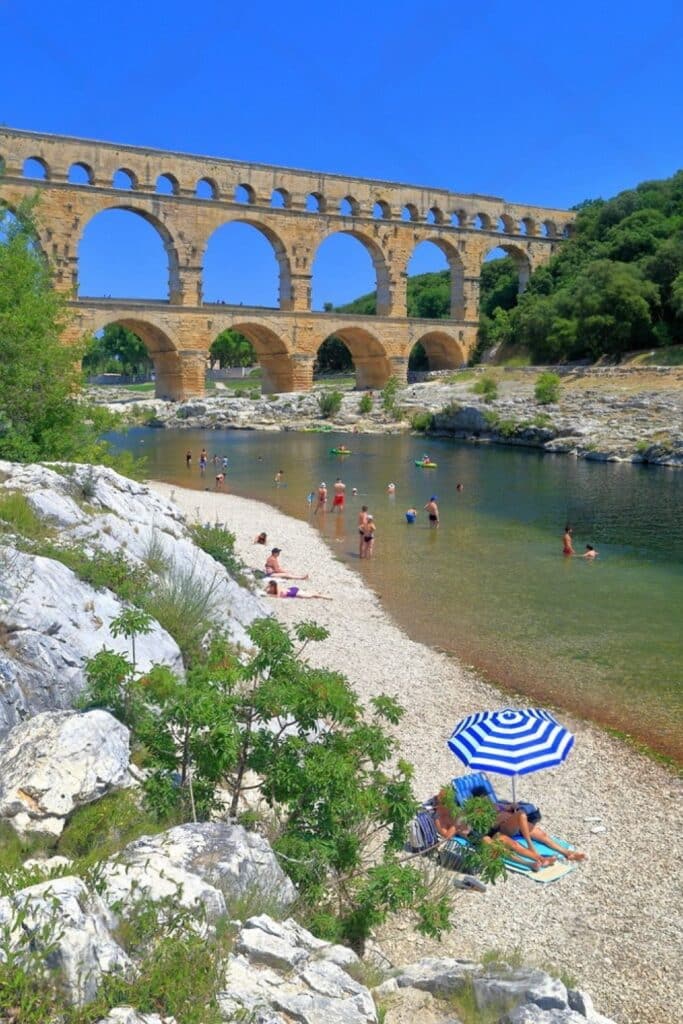
🔎 Why Visit? Pont du Gard is a Roman aqueduct built in the 1st century AD, and it remains one of the best-preserved structures from the Roman Empire. Originally built to supply water to the city of Nîmes, this impressive bridge is nearly 50 meters high and features three tiers of arches. The surrounding landscape of the Gardon River makes it an ideal spot for picnicking, swimming, or kayaking.
💡 Personal Tip: Pack a picnic and enjoy the views by the riverbanks. If you want a different perspective, rent a kayak and paddle underneath the aqueduct.
📌 Must-Do:
✔️ Walk across the designated pathway – Best for up-close views
✔️ Visit at sunset – The golden light on the stone is stunning
✔️ Check out the museum – Learn about its construction and history
Occitanie France
4. Petit Train d’Artouste – France’s Highest Railway
🌍 Location: Pyrenees National Park
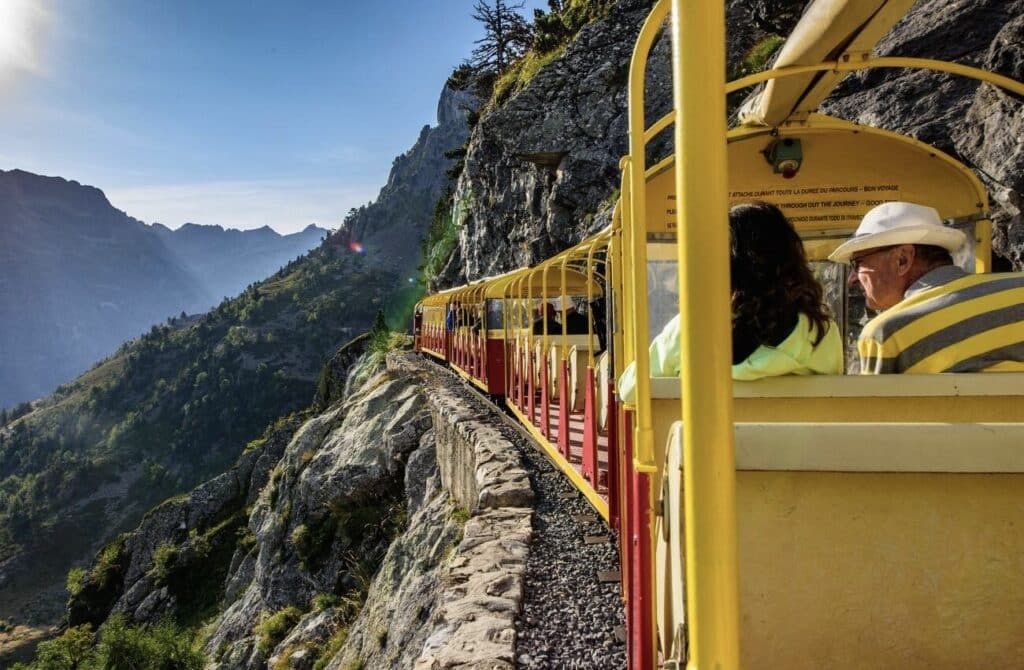
🔎 Why Visit? The Petit Train d’Artouste is the highest railway in France, reaching altitudes of over 2,000 meters. Originally built in 1924 to transport workers for hydroelectric projects, the train now serves as a scenic attraction. The open-air carriages provide stunning panoramic views of the Pyrenees, with breathtaking sights of glacial lakes, rugged peaks, and mountain wildlife. The train journey lasts about 50 minutes and is a favorite among hikers, photographers, and nature lovers.
💡 Personal Tip: Even in summer, temperatures can drop quickly at high altitudes—bring a jacket!
📌 Must-Do:
✔️ Ride the train – Enjoy one of France’s most scenic rail journeys
✔️ Stop at Lake Artouste – A stunning alpine lake for a picnic or short hike
✔️ Look for wildlife – Spot marmots, ibex, and golden eagles along the way
Occitanie France
5. Niaux Cave
🌍 Location: Near Foix, Ariège
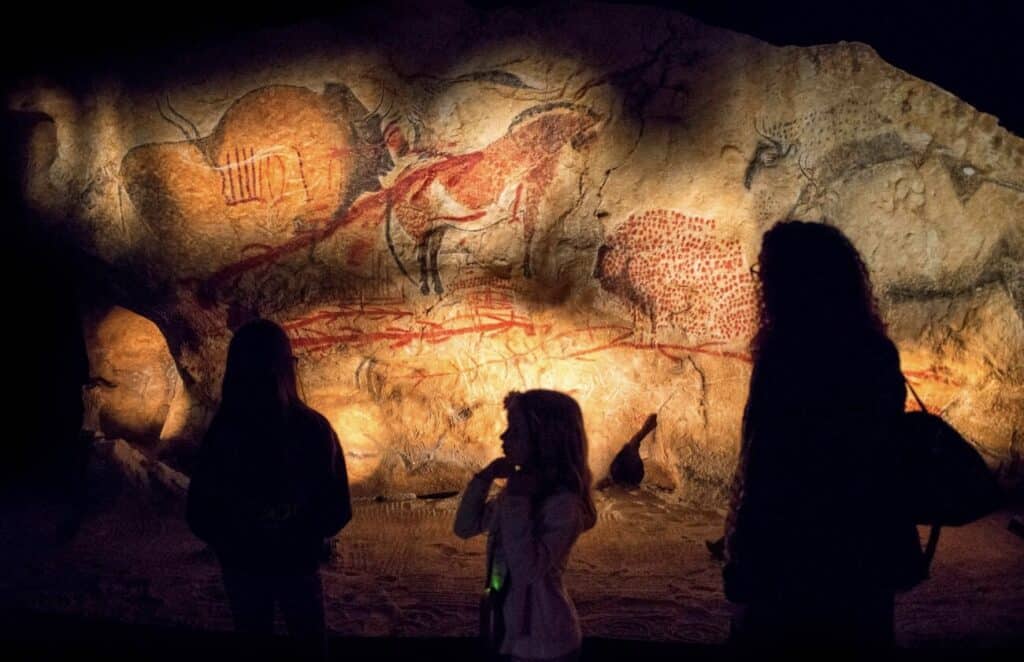
🔎 Why Visit? Niaux Cave is one of the few prehistoric caves in France where visitors can see original Paleolithic cave paintings in their natural setting. Dating back over 14,000 years, these remarkably preserved drawings depict bison, horses, ibex, and deer, offering a rare glimpse into the lives of early humans. Unlike the famous Lascaux Cave, which only allows visits to a replica, Niaux lets you see the real prehistoric artwork up close.
💡 Personal Tip: Tours are limited and fill up quickly, so book your spot in advance. Also, wear sturdy shoes—some parts of the cave can be slippery and uneven.
📌 Must-Do:
✔️ Take a guided tour – Experience the cave just like prehistoric humans would have
✔️ See the Salon Noir – A chamber filled with incredible ancient artwork
✔️ Explore nearby sites – Visit the Prehistoric Park in Tarascon-sur-Ariège for more Stone Age history
Occitanie France
6. The Camargue
🌍 Location: Provence-Occitanie Border, Southern France
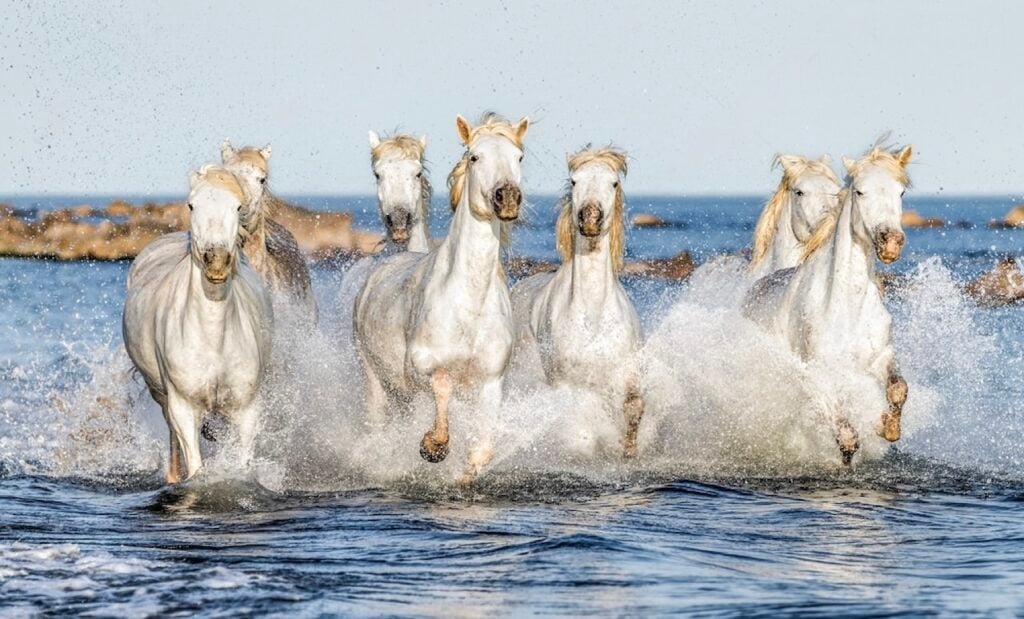
🔎 Why Visit? The Camargue is one of the most unique natural regions in France, known for its wild white horses, pink flamingos, and expansive salt marshes. As one of Europe’s largest wetlands, the Camargue is a paradise for birdwatchers, nature lovers, and adventure seekers.
The area is also home to traditional “gardians” (French cowboys) who continue the centuries-old practice of herding black Camargue bulls. The Parc Naturel Régional de Camargue offers visitors a chance to explore vast lagoons, rice fields, and Mediterranean beaches, all while immersing themselves in the region’s distinctive blend of French and Spanish influences.
💡 Personal Tip: For an authentic experience, go horseback riding through the marshes with a local “gardian” guide. The best way to see the flamingos is at sunrise or sunset when they’re most active!
📌 Must-Do:
✔️ Go horseback riding – Ride one of the famous white Camargue horses through the wetlands
✔️ Visit Aigues-Mortes – Explore a stunning medieval walled town surrounded by pink salt flats
✔️ See flamingos at Parc Ornithologique du Pont de Gau – The best spot for birdwatching
✔️ Try a local specialty – Taste gardianne de taureau, a traditional bull stew
Occitanie France
7. Aigues-Mortes
🌍 Location: Camargue Region
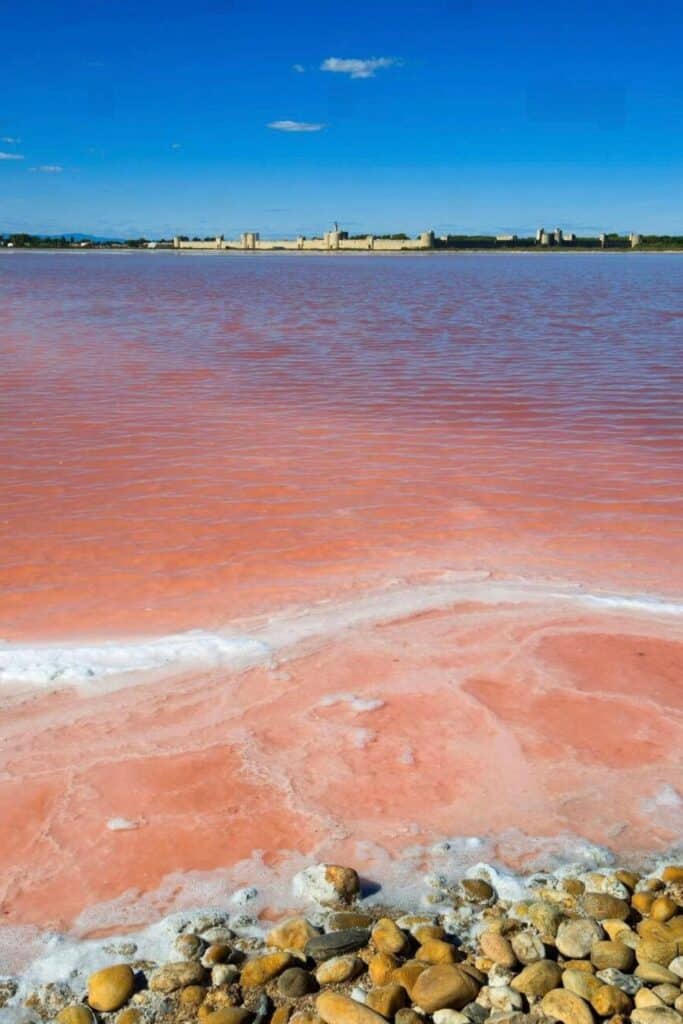
🔎 Why Visit? Most people go to Camargue for its flamingos and wild horses, but few know about the walled city of Aigues-Mortes, a medieval fortress surrounded by salt marshes. The town was built by King Louis IX in the 13th century as a launching point for the Crusades, and today, it remains beautifully preserved.
💡 Personal Tip: I arrived in Aigues-Mortes at sunset, and the entire town was bathed in golden light. I climbed to the top of the fortress walls and watched the famous pink salt marshes of Camargue glisten below—it was like nothing I’d ever seen before!
📌 Must-Do:
✔️ Walk along the ramparts for the best views of the salt flats.
✔️ Try Fleur de Sel de Camargue, a hand-harvested salt prized by chefs worldwide.
✔️ Take a boat tour to spot white Camargue horses roaming freely.
Occitanie France
8. Toulouse
🌍 Location: Haute-Garonne
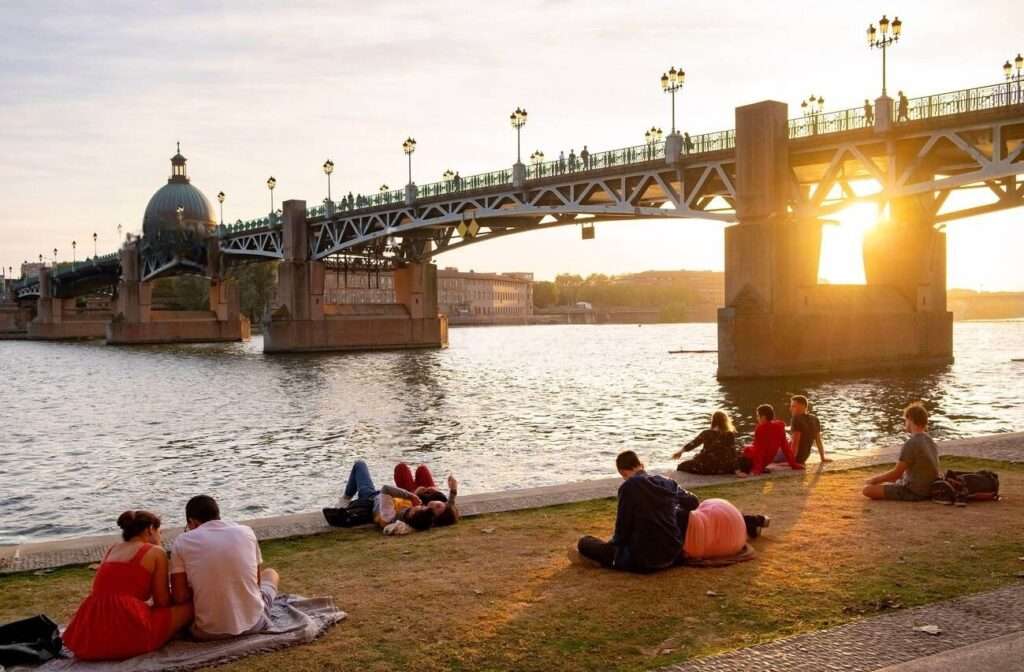
🔎 Why Visit? Toulouse, nicknamed “La Ville Rose” due to its distinctive pink terracotta buildings, is a city that blends history, culture, and modern innovation. It is home to the Basilica of Saint-Sernin, one of the largest Romanesque churches in Europe, as well as the Cité de l’Espace, a major aerospace museum showcasing France’s role in space exploration. As one of France’s top university cities, Toulouse has a vibrant nightlife and food scene, with restaurants serving local specialties like cassoulet.
💡 Personal Tip: For authentic French cuisine, skip the touristy spots and grab a meal at Le Bibent, a historic brasserie serving classic dishes.
📌 Must-Do:
✔️ Place du Capitole – A central square with impressive architecture and cafés
✔️ Basilica of Saint-Sernin – One of the largest Romanesque churches in Europe
✔️ Cité de l’Espace – A space museum featuring interactive exhibits and a life-size Ariane 5 rocket
Occitanie France
9. Truffle Hunting in the Cévennes
🌍 Location: Near Uzès & Cévennes National Park
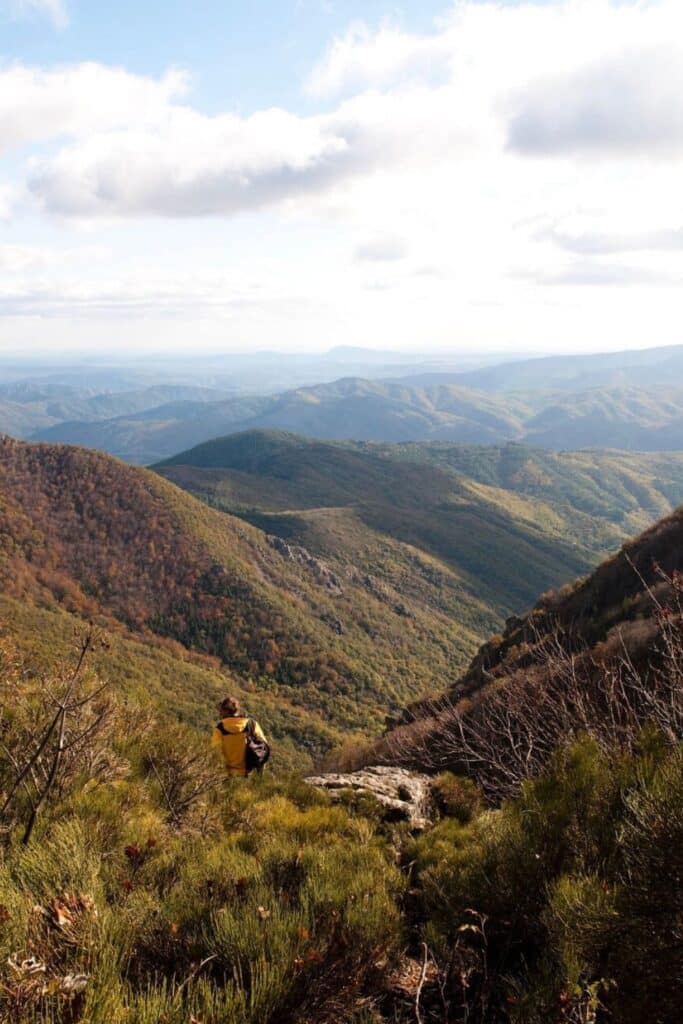
🔎 Why Visit? Occitanie is one of France’s best regions for truffle hunting, yet very few travelers experience it. In the Cévennes region, you can join a local truffle farmer and their trained dog to hunt for these ‘black diamonds’ hidden beneath the soil.
💡 Personal Tip: I didn’t expect truffle hunting to be so thrilling! Watching the dog eagerly sniff the ground before suddenly stopping and digging furiously—it was like witnessing a hidden treasure being unearthed. Later, I had a truffle-infused lunch, and I swear I’ve never tasted anything more decadent.
📌 Must-Do:
✔️ Book a truffle-hunting experience with a local expert.
✔️ Visit Uzès Market to buy fresh truffles, honey, and other regional delicacies.
✔️ Try truffle-infused scrambled eggs—simple but absolutely luxurious!
10. Albi
🌍 Location: Tarn Department
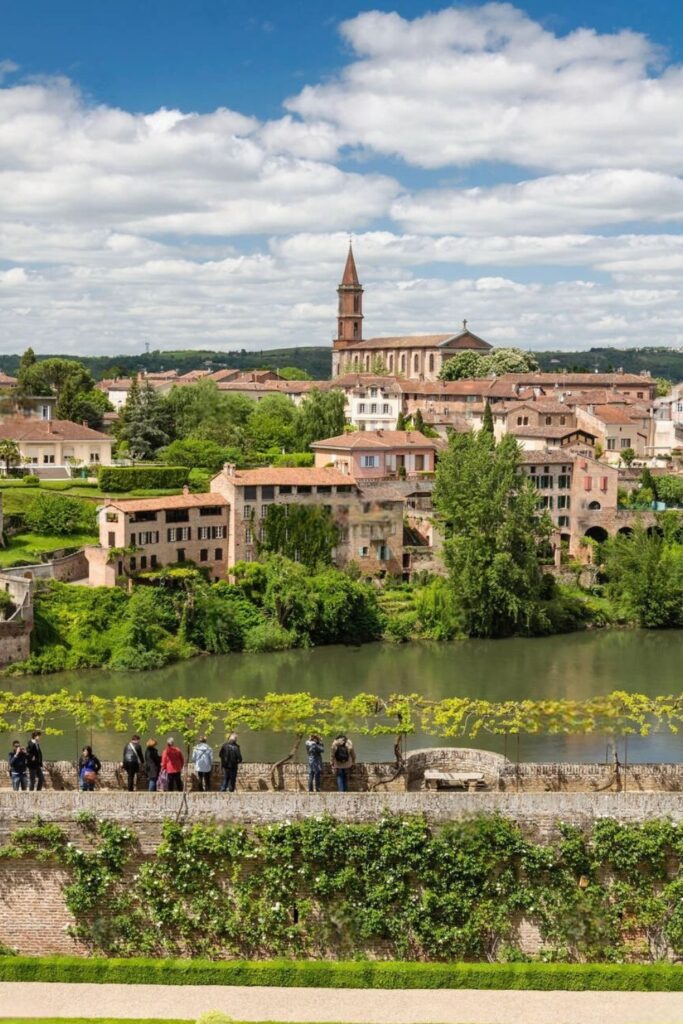
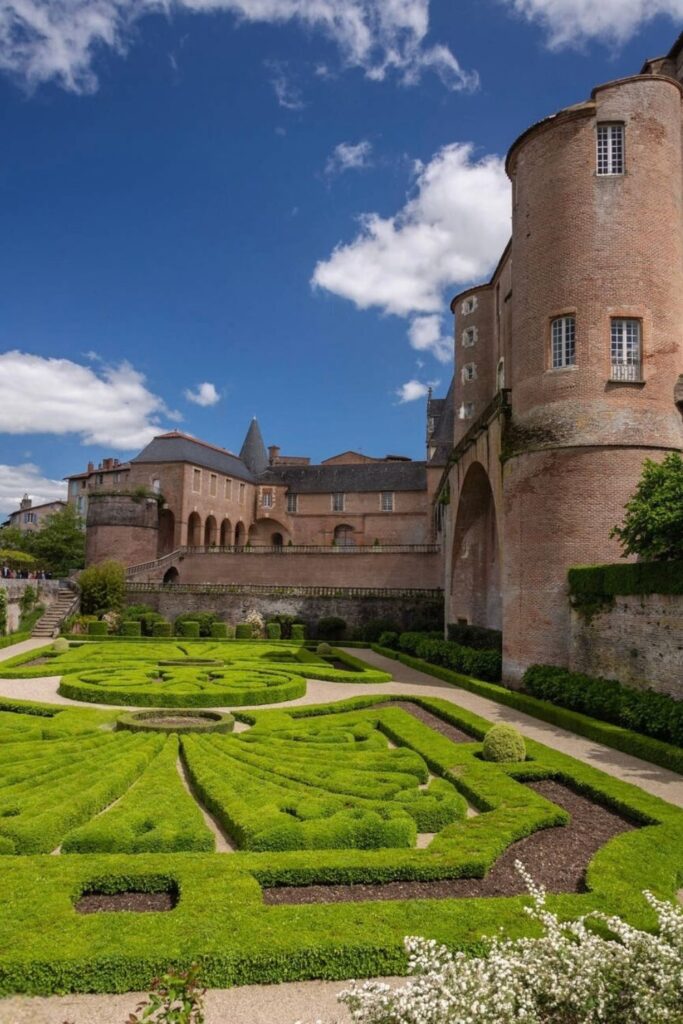
🔎 Why Visit? Albi is known for its stunning red-brick architecture, medieval charm, and artistic heritage. The centerpiece of the town is the Sainte-Cécile Cathedral, the largest brick cathedral in the world, which dominates the skyline. It was built as a fortress in response to the Cathar heresy and features an elaborate interior with breathtaking frescoes. Albi is also the birthplace of Henri de Toulouse-Lautrec, the famous painter known for his Moulin Rouge posters.
💡 Personal Tip: Take a break at a café and try a glass of local Gaillac wine, one of the oldest wine-producing regions in France.
📌 Must-Do:
✔️ Visit Sainte-Cécile Cathedral – A UNESCO-listed Gothic cathedral
✔️ Explore the Toulouse-Lautrec Museum – A must-see for art enthusiasts
✔️ Walk along Pont Vieux – A historic bridge with views of the Tarn River
Occitanie France
11. The Canal du Midi
🌍 Location: Runs through Occitanie
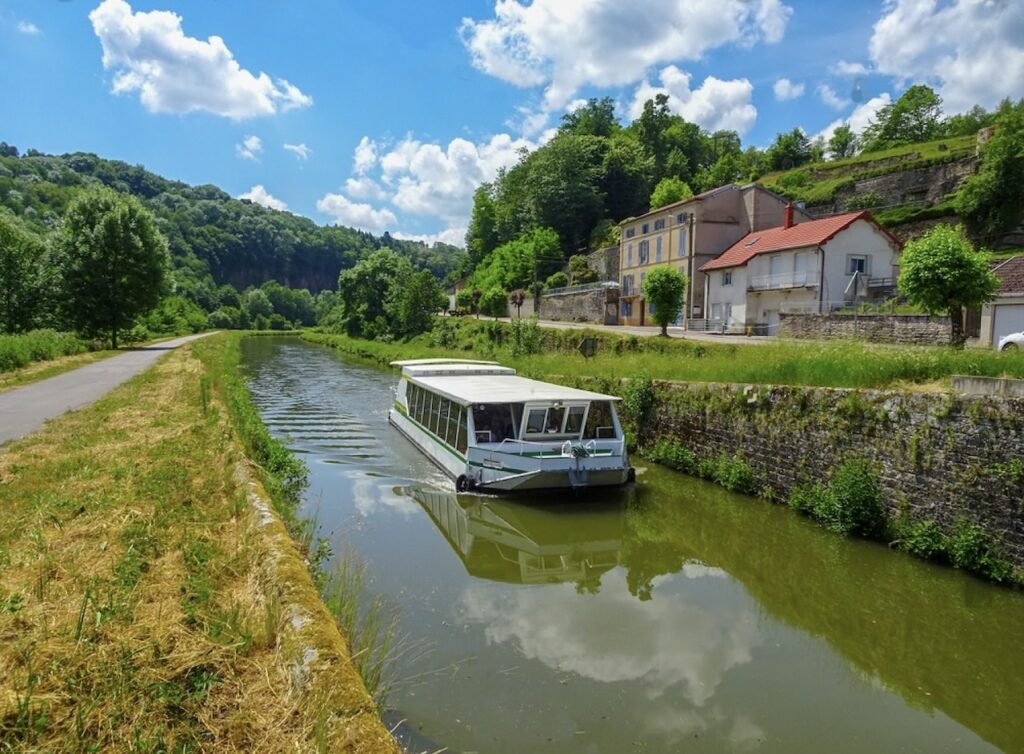
🔎 Why Visit? The Canal du Midi, built in the 17th century, is a UNESCO World Heritage site and one of France’s greatest engineering feats. Stretching 240 km from Toulouse to the Mediterranean, it was designed by Pierre-Paul Riquet to link the Atlantic Ocean and the Mediterranean Sea. The canal is lined with plane trees, charming villages, and historic locks, making it an ideal destination for boating, cycling, and walking.
💡 Personal Tip: Renting a houseboat is a great way to experience the canal at a slow, relaxing pace.
📌 Must-Do:
✔️ Go boating – Rent a boat and cruise through historic locks
✔️ Cycle along the towpaths – A scenic way to explore the region
✔️ Stop at charming villages – Castelnaudary, Béziers, and Carcassonne are great spots
Occitanie France
12. Wine Tasting in Languedoc
🌍 Location: Various locations in Occitanie
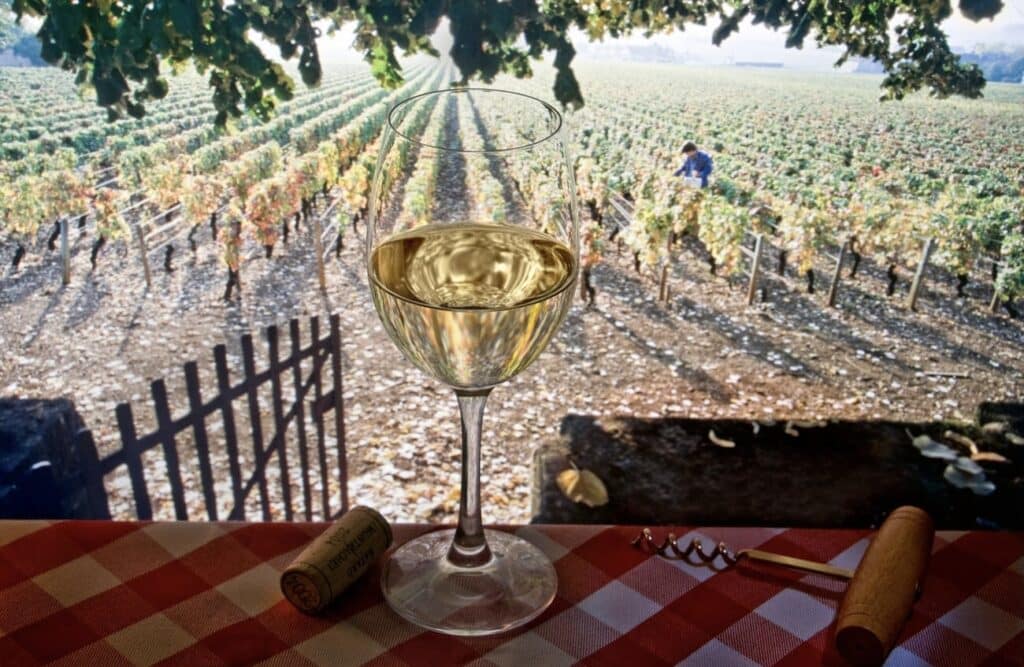
🔎 Why Visit? Languedoc is one of France’s largest wine-producing regions, known for rich reds, crisp whites, and refreshing rosés. The region’s Mediterranean climate and diverse soils create unique wines with bold flavors. Unlike Bordeaux or Burgundy, Languedoc wines are more affordable but still high quality. Many vineyards in the Minervois, Corbières, and Pic Saint-Loup areas offer wine tastings, vineyard tours, and food pairings.
💡 Personal Tip: Try Picpoul de Pinet, a crisp white wine that pairs perfectly with seafood.
📌 Must-Do:
✔️ Visit family-run wineries – Enjoy personal tastings and tours
✔️ Try different varieties – Red blends, rosés, and sparkling wines
✔️ Explore wine villages – Visit Minerve, Saint-Chinian, and Faugères
13. The Côte Vermeille – The Hidden Mediterranean Coast
🌍 Location: Southern Occitanie, near the Spanish border
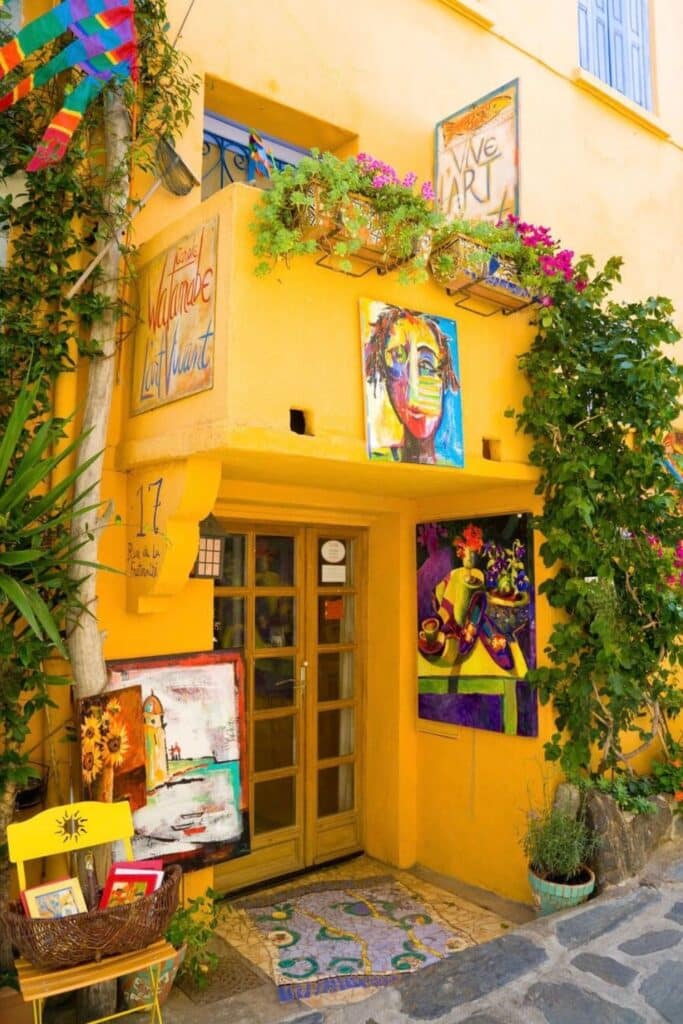
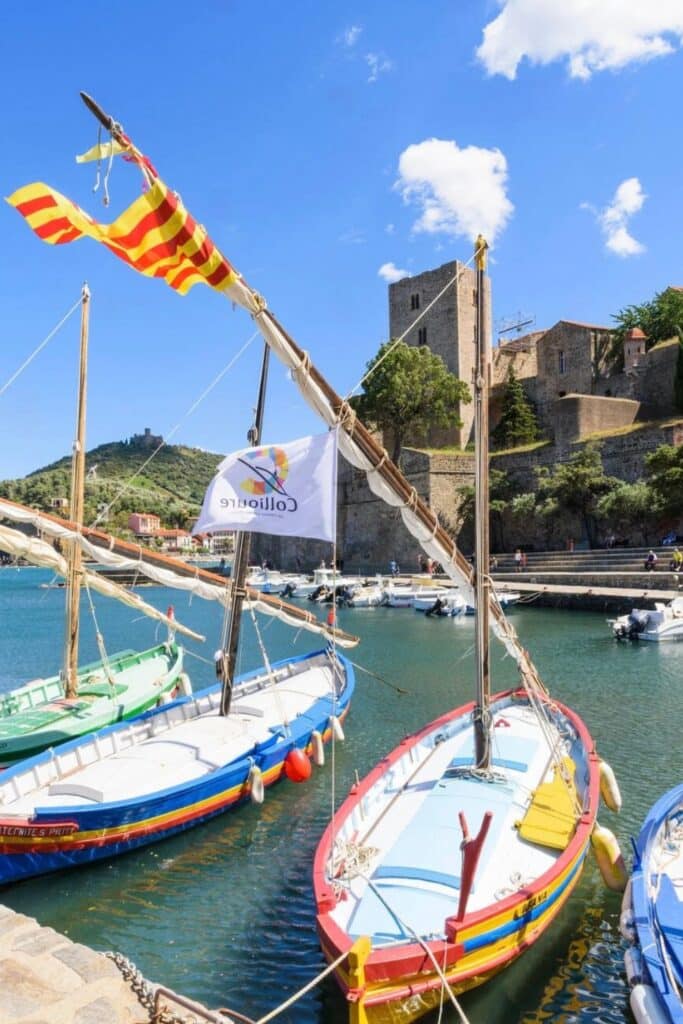
🔎 Why Visit? The Côte Vermeille is a lesser-known Mediterranean coastline that offers stunning beaches, rocky cliffs, and charming fishing villages. Unlike the crowded French Riviera, this area remains authentic and peaceful. Towns like Collioure are known for their colorful buildings, art galleries, and Catalan culture, while Banyuls-sur-Mer is famous for sweet dessert wines. The clear blue waters are perfect for snorkeling, sailing, and diving.
💡 Personal Tip: Try the fresh seafood at a local harbor-side restaurant in Collioure.
📌 Must-Do:
✔️ Explore Collioure – A picturesque coastal town with historic charm
✔️ Go snorkeling or diving – The coastline has excellent marine life
✔️ Taste Banyuls wine – A sweet fortified wine unique to the region
Occitanie France
14. Pyrenees National Park
🌍 Location: French Pyrenees
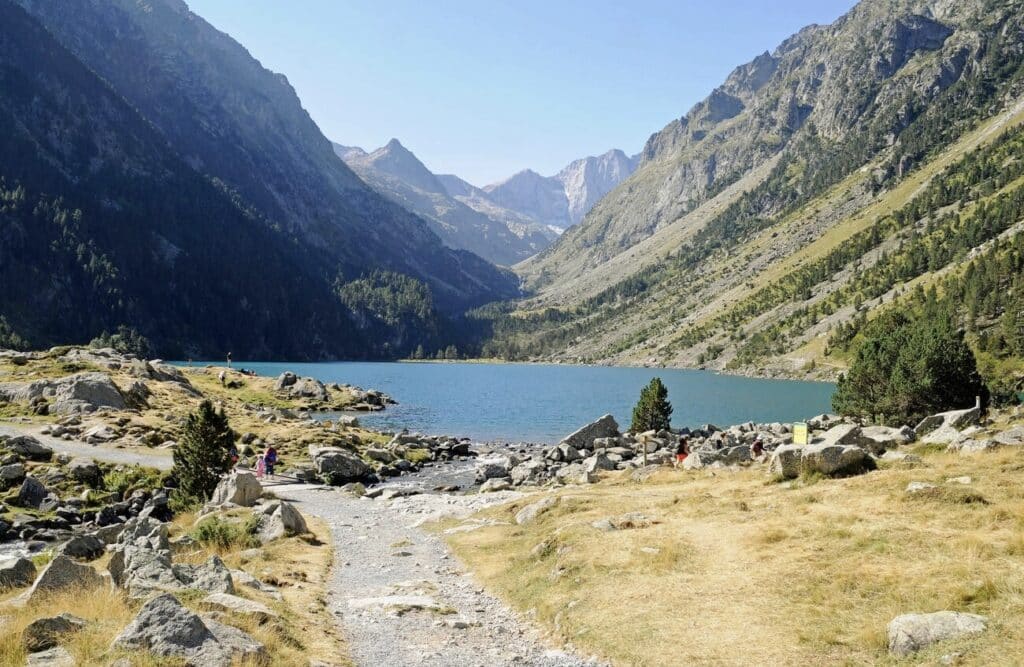
🔎 Why Visit? The Pyrenees National Park is a paradise for hikers, wildlife enthusiasts, and adventure seekers. Covering over 450 square kilometers, the park is home to dramatic mountain landscapes, deep valleys, waterfalls, and alpine lakes. It’s one of the best places in France to see native wildlife like ibex, marmots, and golden eagles. The park also has excellent ski resorts in winter and endless hiking trails in summer, including the famous Cirque de Gavarnie, a massive glacial amphitheater.
💡 Personal Tip: Hike the Cirque de Gavarnie trail—it’s one of the most stunning views in the Pyrenees!
📌 Must-Do:
✔️ Go hiking – Trails for all levels, from beginner to expert
✔️ Try skiing in winter – Great ski resorts like Cauterets and Font-Romeu
✔️ Spot wildlife – Look for ibex, eagles, and even brown bears
Occitanie France
15. The Hidden Wine Villages of Minervois
🌍 Location: Between Carcassonne & Narbonne
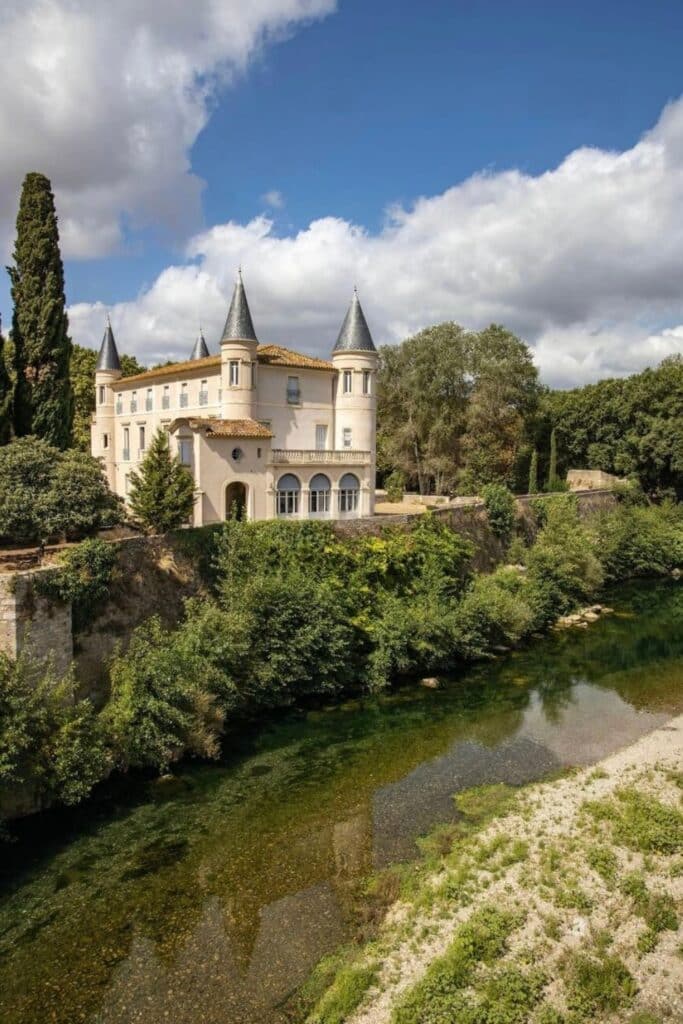
🔎 Why Visit? Minervois is one of the most underrated wine regions in France, offering high-quality wines, stunning vineyard landscapes, and charming villages without the tourist crowds of Bordeaux or Burgundy. The region is known for its full-bodied reds, elegant rosés, and complex whites, thanks to its Mediterranean climate and diverse terroir. Villages like Minerve, classified as one of France’s Most Beautiful Villages, offer breathtaking hilltop views, medieval architecture, and local wine cellars where you can enjoy a relaxed tasting experience.
💡 Personal Tip: The wine tastings here are more personal than at large commercial wineries. Don’t be shy to chat with the winemakers—they love sharing their craft.
📌 Must-Do:
✔️ Visit Domaine de l’Hortus – A top vineyard known for bold reds
✔️ Enjoy a tasting at Mas de Daumas Gassac – Often called the “Grand Cru of the Languedoc”
✔️ Explore Minerve – A medieval village with dramatic limestone gorges
Occitanie France
15. Gouffre de Padirac
🌍 Location: Lot Department, near Rocamadour
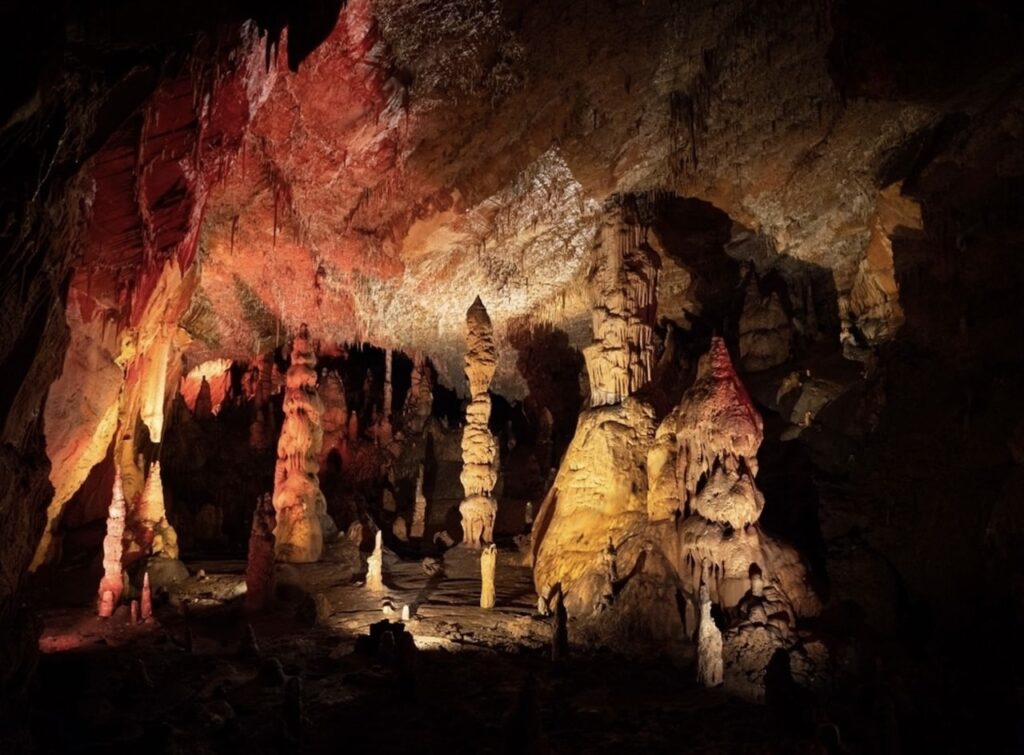
🔎 Why Visit? Gouffre de Padirac is one of France’s most spectacular underground caves, famous for its massive sinkhole and underground river. Discovered in 1889, this natural wonder allows visitors to descend 103 meters below the surface into a hidden world of stalactites, rock formations, and crystal-clear waters.
A highlight of the visit is a boat ride on the subterranean river, where the cave’s natural beauty is dramatically illuminated. The cave system extends for over 40 kilometers, but only a portion is accessible to visitors. Gouffre de Padirac is a must-see for nature lovers, geology enthusiasts, and anyone looking for a unique adventure.
💡 Personal Tip: Book your tickets in advance, as this is one of the most visited caves in France, especially in summer. Also, bring a jacket—the cave stays at a cool 13°C (55°F) year-round.
📌 Must-Do:
✔️ Descend into the sinkhole – Experience the dramatic 75-meter-deep entrance
✔️ Take a boat ride on the underground river – Glide through a surreal cave world
✔️ See the Grand Dôme – A massive cavern with a 94-meter-high ceiling filled with rock formations
17. Montpellier
🌍 Location: Hérault Department, Southern France
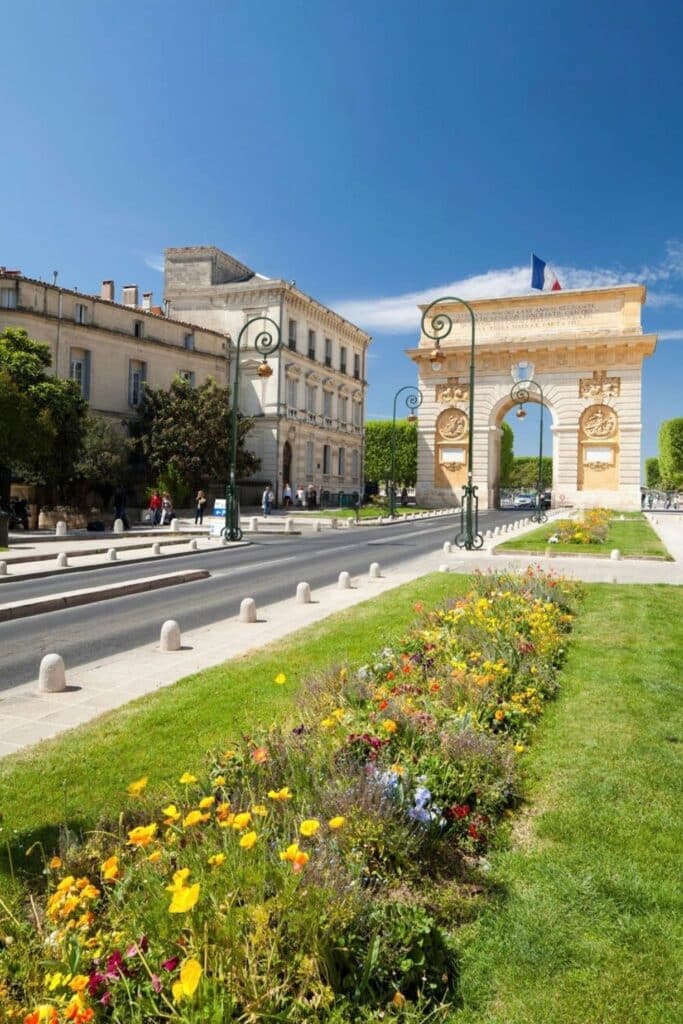
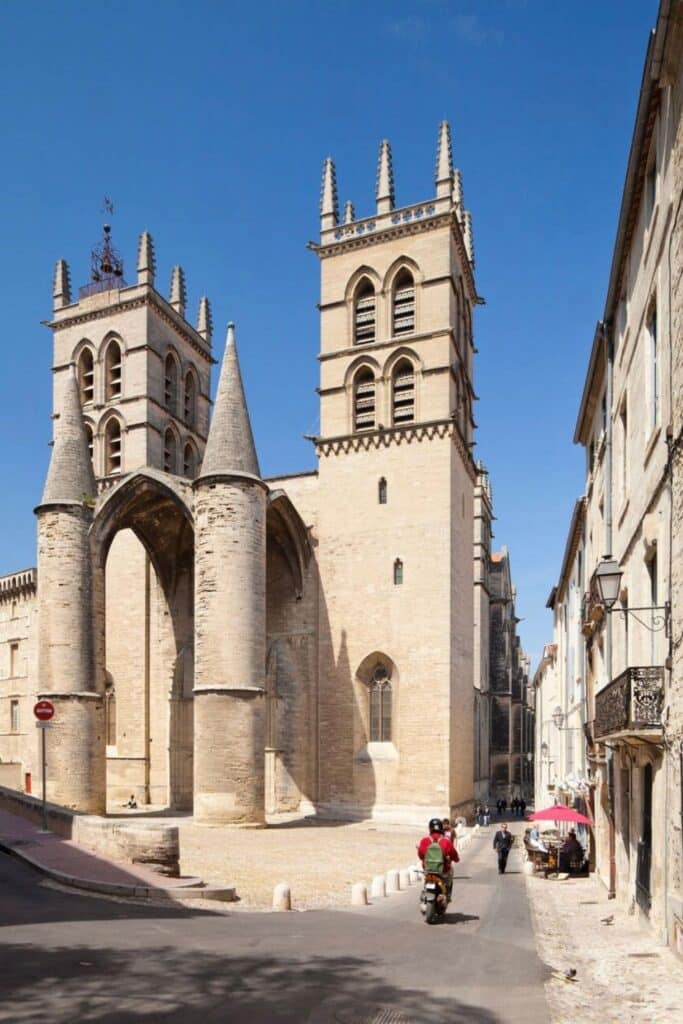
🔎 Why Visit?
Montpellier is one of France’s most dynamic and youthful cities, thanks to its large student population and thriving cultural scene. Unlike many French cities, Montpellier has no Roman ruins, but its medieval and modern architecture blend beautifully.
The Place de la Comédie, the city’s main square, is always lively with street performers, cafés, and shops. Montpellier is also home to the Jardin des Plantes, the oldest botanical garden in France, and the impressive Antigone District, designed with striking neoclassical architecture.
💡 Personal Tip: For a great panoramic view of the city, climb the Arc de Triomphe de Montpellier and visit the Promenade du Peyrou nearby.
📌 Must-Do:
✔️ Explore the historic center (L’Écusson) – Stroll through medieval streets and hidden courtyards
✔️ Visit Place de la Comédie – The city’s lively main square with shops and cafés
✔️ Discover Antigone District – A unique area with neoclassical architecture
✔️ Relax at Jardin des Plantes – France’s oldest botanical garden, a peaceful retreat
18. Try Occitanie’s Traditional Cuisine
No trip to Occitanie is complete without indulging in its delicious regional cuisine, which is deeply rooted in tradition and local ingredients. This diverse region offers a variety of flavors influenced by both Mediterranean and mountain cultures.
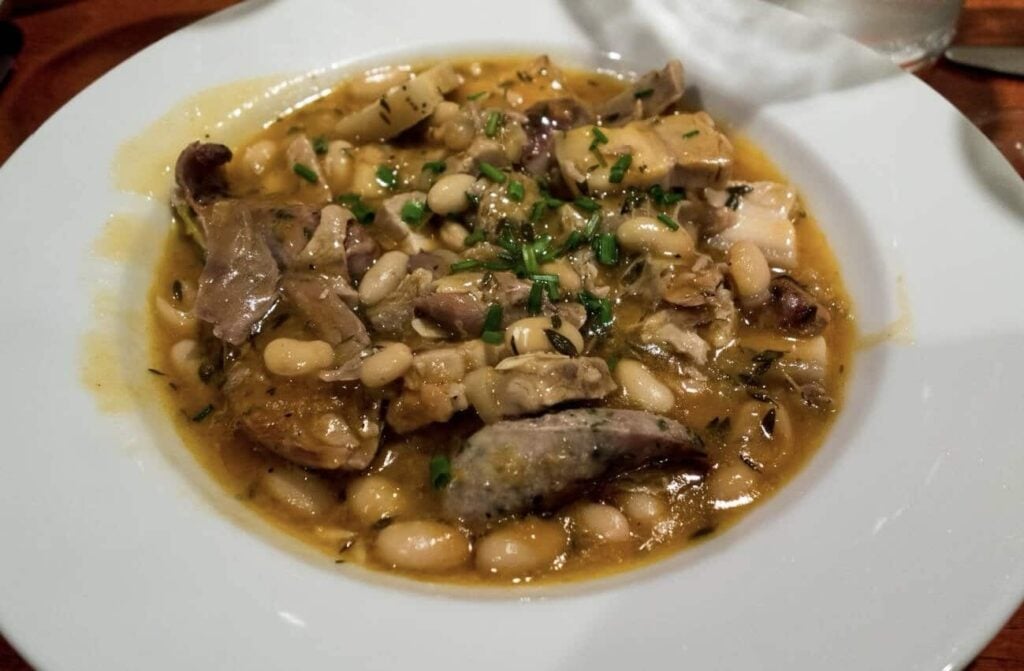
Must-try dishes include:
- Cassoulet – A rich, slow-cooked casserole with beans, duck, and sausage. Originally from Castelnaudary, this hearty dish is perfect for colder months.
- Aligot – Creamy mashed potatoes blended with cheese, often served with sausages. A specialty from the Aubrac region, its stretchy texture makes it a unique experience.
- Roquefort cheese – A world-famous blue cheese aged in the natural caves of Roquefort-sur-Soulzon. This strong, tangy cheese pairs beautifully with local wines.
- Tielle Sétoise – A savory pie filled with spicy octopus and tomato sauce, originating from the coastal town of Sète.
- Fougasse – A traditional Occitan bread, often infused with olives, cheese, or anchovies.
- Pastis Gascon – A flaky pastry dessert filled with apples and Armagnac, showcasing the region’s love for rich flavors.
A Perfect 5-Day Occitanie Itinerary
This itinerary is ideal for first-time visitors who want a mix of medieval cities, scenic landscapes, and local gastronomy without feeling rushed.
Day 1: Arrival in Toulouse & Carcassonne
🌍 Base: Carcassonne
🔹 Morning:
- Arrive in Toulouse, the “Pink City.”
- Explore Place du Capitole, Toulouse’s grand main square.
- Visit Basilica of Saint-Sernin, a UNESCO-listed Romanesque church.
🔹 Afternoon:
- Take a short train (or drive) to Carcassonne (~1 hr).
- Walk through the Cité de Carcassonne, one of the best-preserved medieval fortresses in Europe.
- Visit Château Comtal and Basilica of Saints Nazarius and Celsus.
- Enjoy sunset views over the city walls.
🔹 Evening:
- Stay overnight inside the medieval city for an enchanting experience.
- Dine at Comte Roger, a restaurant serving the famous local Cassoulet.
Day 2: Wine Tasting & Canal du Midi
🌍 Base: Béziers or Narbonne
🔹 Morning:
- Drive to Languedoc’s wine region (~45 mins).
- Visit Mas de Daumas Gassac for a wine-tasting session.
- Explore the medieval town of Minerve, perched above a scenic gorge.
🔹 Afternoon:
- Head to the Canal du Midi, a UNESCO-listed waterway.
- Enjoy a relaxing boat cruise or bike along the towpaths.
- Stop in Béziers, one of the oldest towns in France.
🔹 Evening:
- Stay in Béziers or Narbonne for the night.
- Dine on fresh seafood & regional wines at a riverside restaurant.
Day 3: Pont du Gard & Nîmes – Roman Wonders
🌍 Base: Montpellier
🔹 Morning:
- Visit the Pont du Gard, a stunning Roman aqueduct (~1 hr from Béziers).
- Walk the bridge and enjoy a picnic by the Gardon River.
🔹 Afternoon:
- Continue to Nîmes, the “French Rome.”
- Explore the Arènes de Nîmes, an ancient Roman amphitheater.
- Visit Maison Carrée, a Roman temple still standing today.
🔹 Evening:
- Drive to Montpellier (~40 mins) for a lively city experience.
- Walk through the historic center and Place de la Comédie.
- Dine at a local brasserie and try Tielle Sétoise (spicy seafood pie).
Day 4: Aigues-Mortes & Camargue – Pink Salt Flats & Wild Horses
🌍 Base: Montpellier
🔹 Morning:
- Drive to Aigues-Mortes, a walled medieval town surrounded by pink salt marshes.
- Walk along the ramparts for panoramic views of the Camargue.
- Visit a salt farm and learn about Fleur de Sel harvesting.
🔹 Afternoon:
- Explore the Camargue Natural Park, home to wild white horses and pink flamingos.
- Take a horseback riding tour or a boat tour to spot wildlife.
🔹 Evening:
- Return to Montpellier for the night.
- Enjoy a wine tasting & cheese pairing at a local wine bar.
Day 5: Albi & Departure
🌍 Base: Toulouse (final night)
🔹 Morning:
- Drive to Albi (~1 hr from Montpellier).
- Visit the Sainte-Cécile Cathedral, the largest brick cathedral in the world.
- Explore the Toulouse-Lautrec Museum, dedicated to the famous painter.
- Stroll along the Tarn River and enjoy the relaxed atmosphere.
🔹 Afternoon:
- Head back to Toulouse (~1.5 hrs) for your final evening.
- If time allows, take a boat cruise on the Garonne River.
🔹 Evening:
- Enjoy a farewell dinner with a classic dish like Duck Confit.
- Depart for home or extend your stay!
🎯 Bonus Customizations:
💡 Want to tweak this trip?
- History lovers: Spend an extra day in Carcassonne or Nîmes.
- Nature seekers: Extend your time in the Pyrenees for hiking.
- Foodies & wine lovers: Add an extra wine-tasting day in Languedoc.
- Beach lovers: Swap a day for the Côte Vermeille (Collioure) for a coastal escape.
Occitanie, France FAQs
Have you visited Occitanie, or is it on your travel bucket list? Which destination are you most excited to explore? Drop your thoughts in the comments below!



